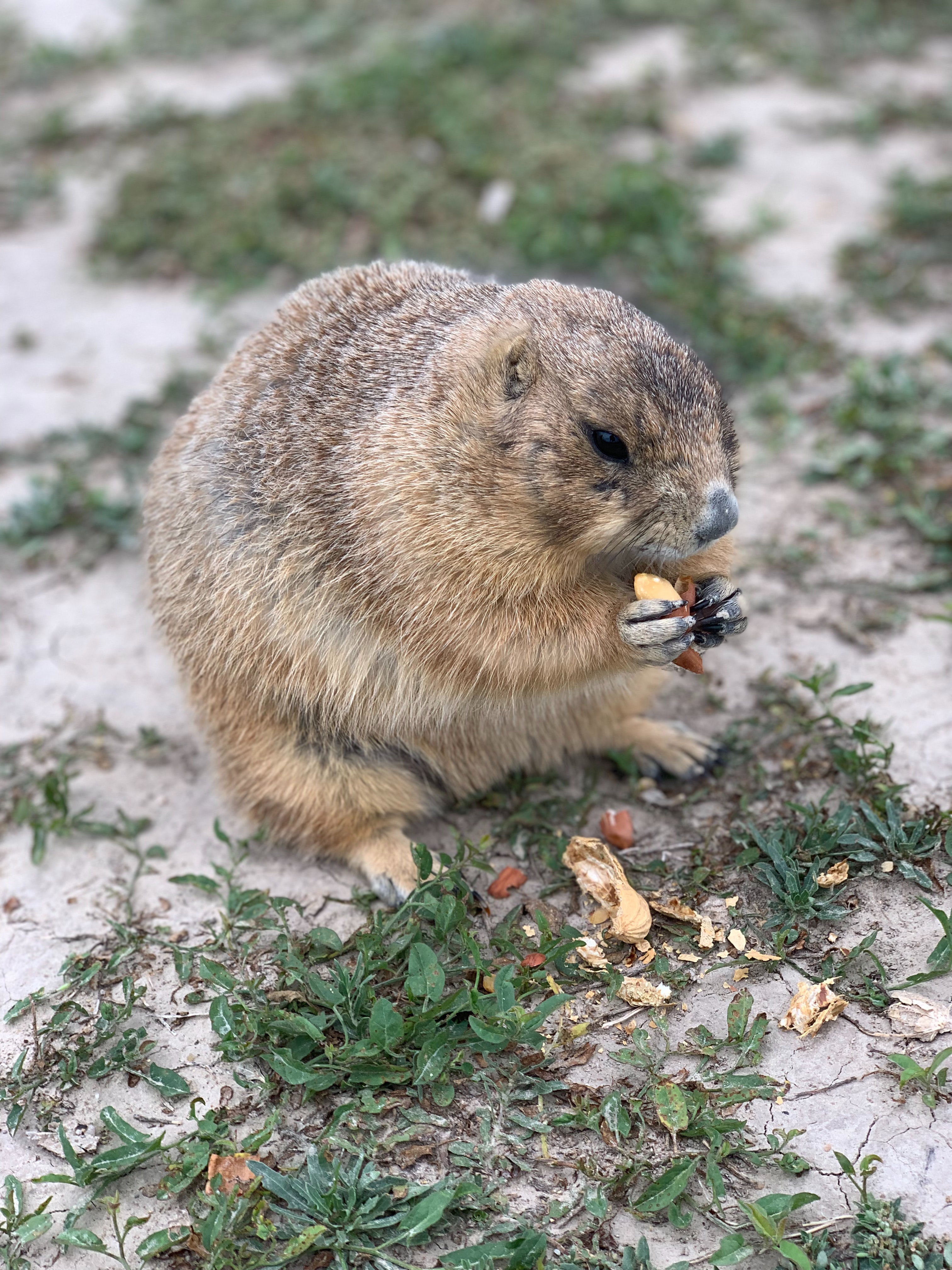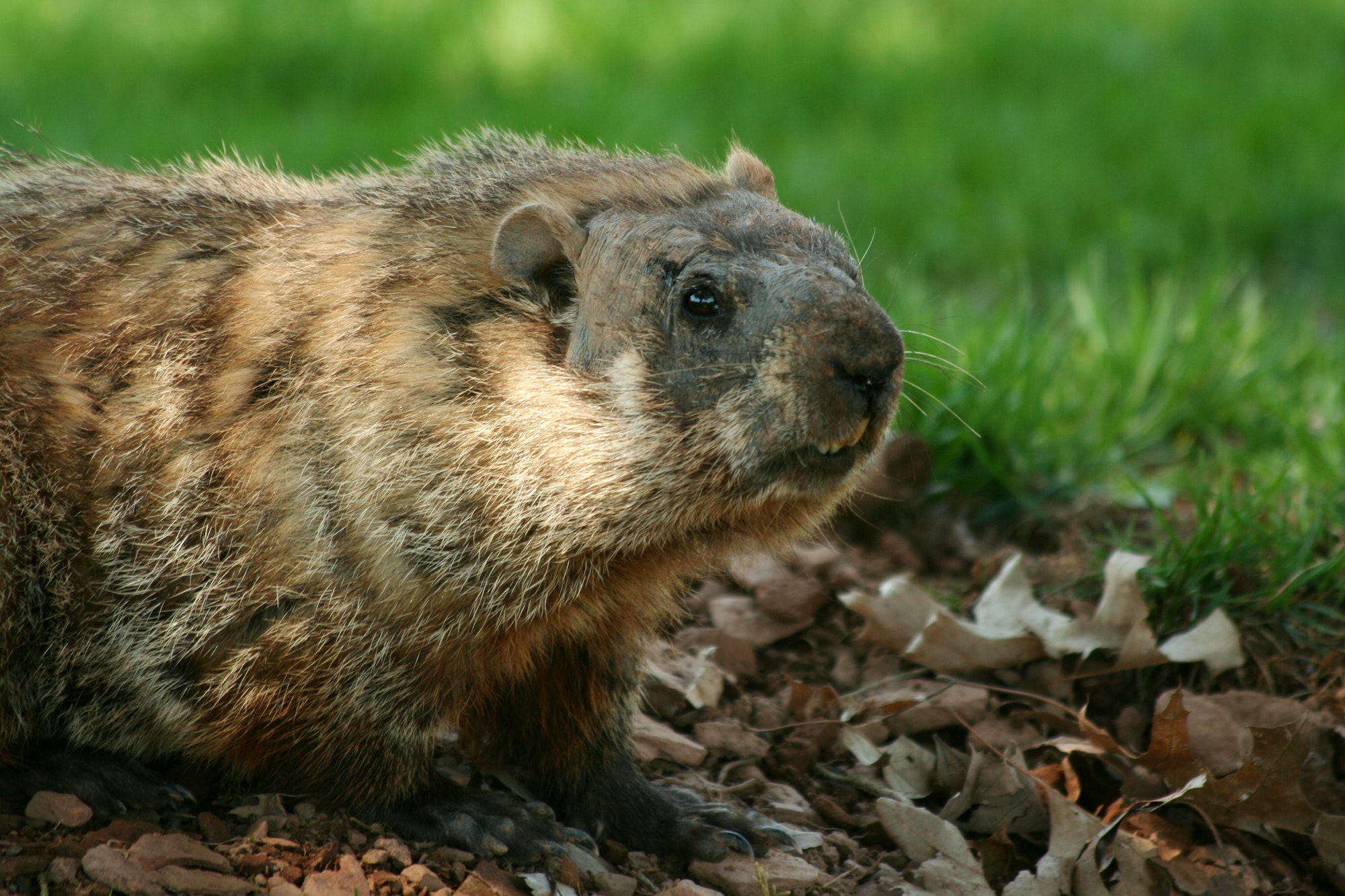What Are Woodchucks?
“How much wood would a woodchuck chuck, If a woodchuck could chuck wood?” Since a young age, we have heard this nursery rhyme over and over again. But what is a woodchuck? Does a woodchuck actually chuck wood?
The answer is actually no. “Woodchucks”, along with “whistle-pig”, are just other names for the groundhog. Groundhogs got the name woodchuck from the adaptation of their Native American names over the years: wuchak and wejack, which mean digger, and possibly otchek, which means fisher.
Groundhogs do not tend go for fish or wood though for their main source of food, instead they fish for vegetables, fruit, and grub. They will scavenge for food all spring, summer, and some of the fall, filling themselves up on whatever they can find near their home.

This does not exclude farmer’s crops or people’s gardens. Groundhogs are known for digging multiple tunnels into human’s vegetable and fruit growing areas to take their share of the lushes results of human labor and patience.
After feasting upon all foods in their herbivore diet within a 5 to 50 feet radius of their den, they will travel back to their den and take a long nap over the winter known as hibernation. Groundhogs are one of the true hibernating species, meaning they lose up to half their body weight during the process and stay asleep for the entire winter season.
While in hibernation, the groundhog is able to achieve some amazing feats. They are able to slow their heartbeat to 5 beats per minute, they slow their respiration rate to as many as 2 breaths per minute, and they lower their body temperature to as low as 37 degrees Fahrenheit.
To compare this to the average statistics of a groundhog when they are awake in the summer, their average heart rate is around 80 beats per minute and their average respiration rate is 16 breaths per minute, and their average body temperature is about 99 degrees Fahrenheit. Groundhogs are able to lower every aspect of their bodies’ functions to reduce the amount of energy that is used within their body to allow for them to stay asleep for a long time.

Additionally in hibernation, they survive off all the fat they stored from the spring and summer from munching on all the food around them; therefore, they do not have to wake up and feast again during the winter to keep themselves alive.
However, this hibernation can not last forever. There is only so much body fat the groundhogs have to live off of. Once the groundhog’s body feels they are in need of more nutrition for energy, they wake up from hibernation. This typically happens in February, which is where groundhogs are given their own special holiday, Groundhog’s Day.
The theory behind this day is if the groundhog comes out of hibernation and sees his shadow made from the sun, then the groundhog will go back into his den and continue hibernation and winter will continue for six more weeks. On the other hand, if the groundhog does not see its shadow, then the groundhog will come out of hibernation and there will be an early spring that year.
Whether you call them woodchucks,whistle-pigs, or groundhogs, they are interesting creatures to look into to their history and habits. Although they are sometimes pesky and robbers of gardens, they are an important part of the food chain and the maintenance of the earth.
Author: Brittany Clark
University of Georgia
References
- https://www.livescience.com/57922-groundhog-facts.html
- https://now.tufts.edu/articles/five-things-you-didn-t-know-about-groundhogs








